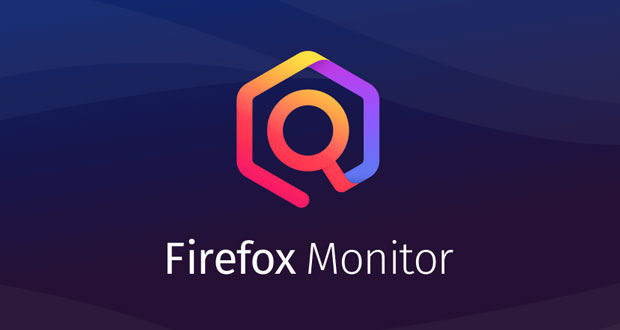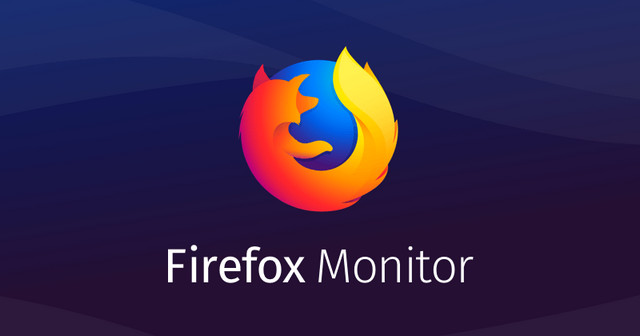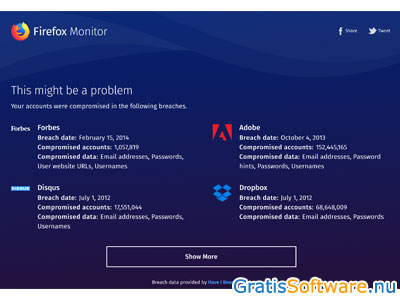


If you’ve got an element selected, you can simply right click on the element and then select ‘Inspect Element.’ Alternatively, you can go to the Web Developer Menu and then click on the Inspector option. Using this tool, developers can investigate pages through the locally loaded version or via a remote target. The Page Inspector tool enables developers to inspect and make edits to the HTML and CSS coding of a web page.

Below I’ve outlined the key features of some of these tools and their benefits. Debugging Toolsįirefox’s debugging tools are designed for examining, exploring and debugging websites and web apps. Simply click on this tab and a page will be loaded from which you can construct an audio context. Enabling is easy: just go back to Developer Tool Settings then check the box next to ‘Web Audio.’ You’ll then see that there is an additional tab show within the Firefox Toolbox toolbar. Like the Shader Editor, the Web Audio Editor has to be enabled manually and is not a default setting. Developers can both edit and examine the AudioParam node properties, as well as other properties too. This enables developers to examine functionality and operation and check that all of nodes connect properly. The Web Audio Editor will examine the audio aspects of a page and provide a visual representation of it in a graph.

To open the Style Editor, go to the Web Developer menu and click on Style Editor. You’ll also be able to create new style sheets from scratch and apply them to a page, as well as import existing style sheets and apply them to the current page. The Style Editor enables web developers to view and edit all the style sheets with the associated page.
Firefox net monitor code#
Once you’ve finished, click Execute > Run and the code will run in the current tab. This will open up the window where you can write your code. To open Scratchpad simply press Shift F4 or go to the Web Developer menu and click on Scratchpad. In the environment provided by Scratchpad you can write, run, and examine the results of code that interacts with the current page. This tool gives web developers the opportunity to experiment with JavaScript code. Below I’ve provided a rundown of the tools and their benefits so you don’t have to go searching for this information. The Firefox Developer Edition comes with a number of creating tools, which are designed for those authoring websites and web apps. However if you don’t like the dark theme, you can always switch the developer edition theme off by going to Menu > Customize. The default theme for Firefox Developer Tools is dark, which is likely to be the result of user testing. Firefox has certainly taken a more developer-centric approach in designing its toolbar, making it narrower in appearance and decorated with far more buttons by default.


 0 kommentar(er)
0 kommentar(er)
